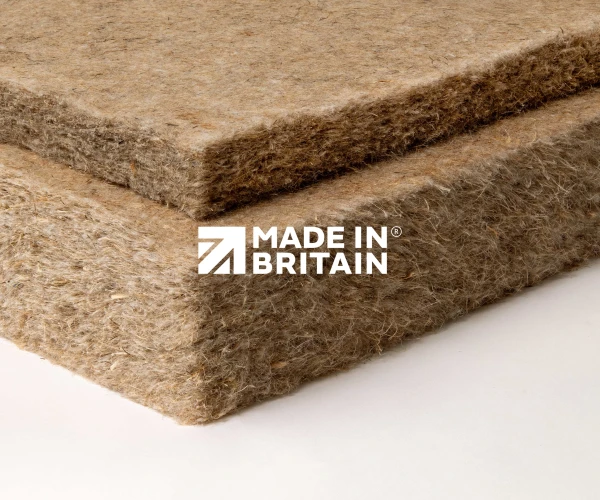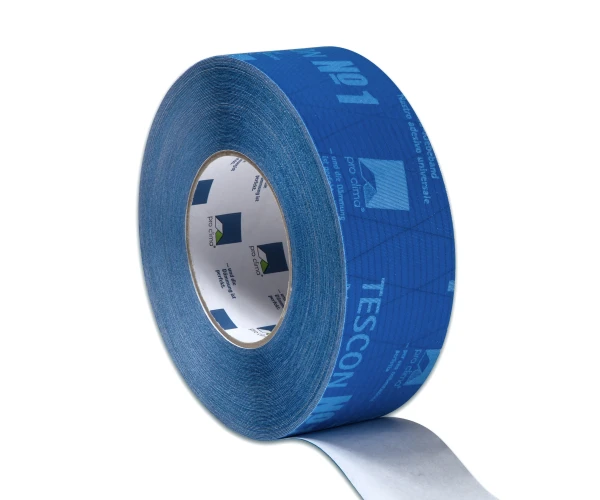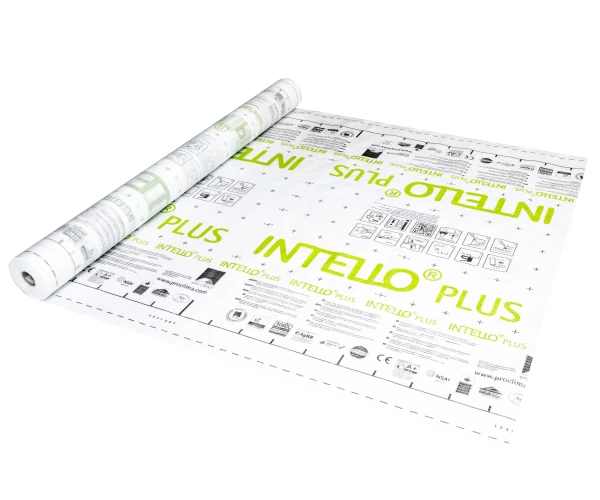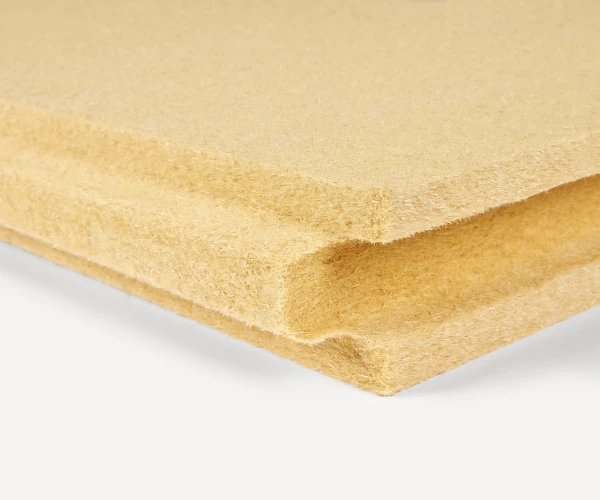Go to Section
Back to Top
Also in category: Airtight and windtight, House insulation
When beginning a self-build eco-home project, it’s important to ensure that you’ve carried out extensive research and you’re prepared before breaking ground. The popularity of self-building could be due to the flexibility and customisable nature of design, allowing self-builders to design homes that meet their needs and help them to live more sustainably, meaning many self-build properties are designed around ecological practices and renewable materials.
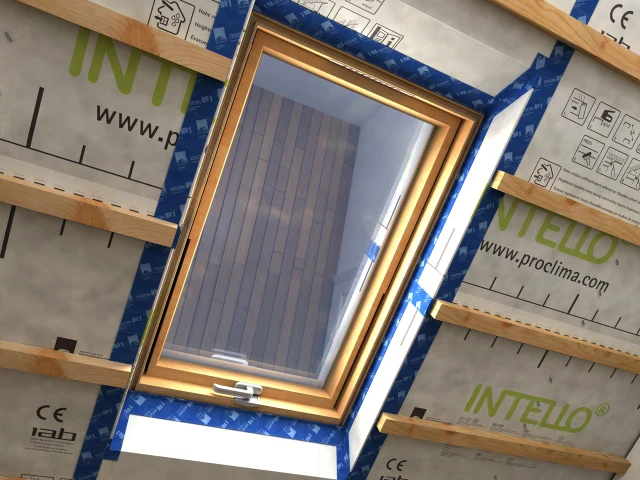
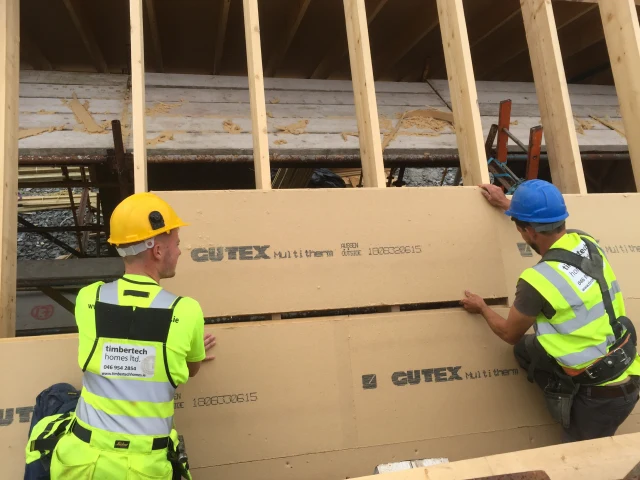
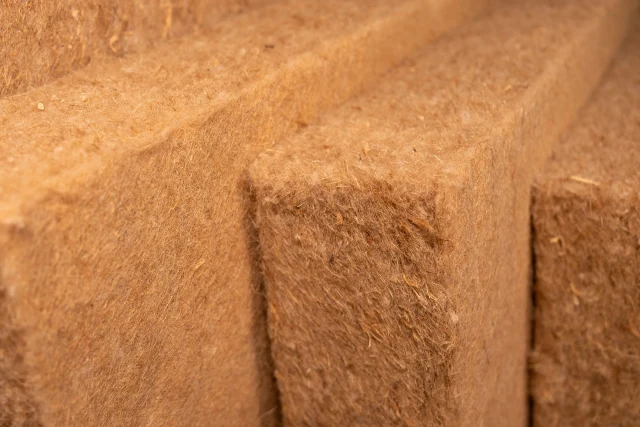
Go to Section
